By Gouri Satya, Senior Journalist
The outbreak of Coronavirus across the countries has led to radical measures like curfew, lockdown, and isolation to fight against the dreaded COVID-19. But such deadly outbreaks were not uncommon and they took a heavy toll of human lives, let alone the loss of cattle. How these outbreaks were fought is worth gleaning through the historical records, particularly at a time when medical science had not advanced as we see today and medical facilities were almost lacking or primitive over a century ago.
The Bubonic Plague of 1896, for example, had its origin in China like the present COVID-19 and spread to many countries, causing an unimaginable loss in those countries including India. In China alone, thousands of people lost their lives. In India, which was under the British regime, brutal measures were adopted and quarantine camps and hospitals were set up hurriedly. Affected people lost their property when their houses, food, and clothes were burnt to prevent infection from spreading, resulting in chaos and anger among the people. When the toll began to rise, there was panic all over. By the end of 1906, the loss of human lives was as huge as ten lakh.
Then Mysore State was no exception and the epidemic, breaking out in 1898 and lasting for nearly three years, wrought havoc among the lives of the people. By the end of June 1904, it had claimed 1,06,950 victims in the whole of Mysore State after affecting as many as 1,41,403 people. In other words, 2.5 per cent of the population was attacked by the plague, and of those attacked, nearly 76 per cent had died.
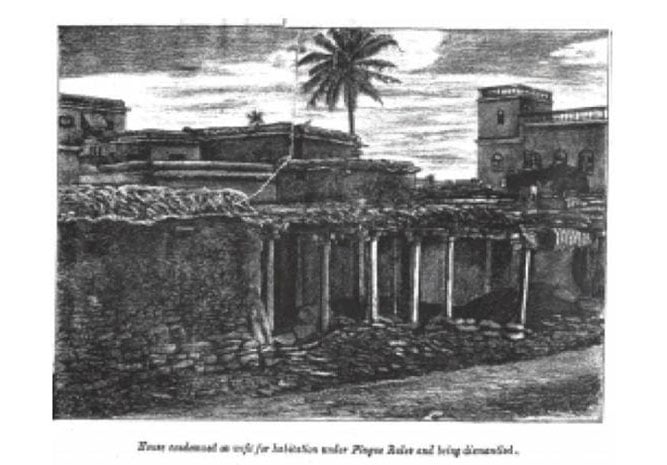
Mysore city too witnessed heavy loss, deaths of about 17 per cent, during the period. In Bangalore district, there were 14,831 attacks and 12,273 deaths. In Bangalore city alone, it was 3,346 and 2,665, respectively. Visit to the cemetery was a routine feature as death came in overwhelming numbers. In the wiped out families, there were none to conduct the last rites. Corpses were carried, at the cost of the Government, to be buried or burnt. Death certificates were issued without delay.
The local population took recourse to home-made remedies like traditional potions and medicines. Blaming the evil eyes of Mariyamma, people worshipped her pleading to combat death in their family. They carried ‘Thambittu’ and neem leaves to the Mariyamma shrines, along with their children. They tied talisman around their necks to ward off her eyes of death. There were several shrines dedicated to ‘Mari’. One such temple stands even now attached to the southern side of the fort wall, outside the Palace, near the Gun House, and devotees go there now also with ‘Thambittu’ and neem leaves on their head and worship ‘Mari’.
The fall of a dead rat from the bamboo roof of a house was enough to create panic among the residents in the town of the approaching small-pox. People would scream “rat has fallen, rat has fallen’ (ili biddide, ili biddide) in the little town within the Palace Fort where resided most of the city’s population. The reason for the panic was the fear that the disease would spread when the infected fleas on the rodents bit human beings or when human beings came in contact with the carcass of an infected rodent.
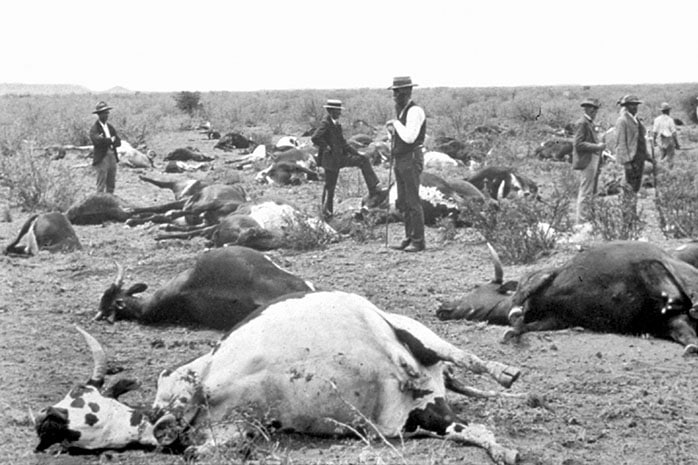
Small mud and bamboo thatched houses and country-tiled houses mushroomed all around the old Palace within the fort. Each house was attached to the other in the small narrow lanes. Their windows and doors were small letting in limited air and light. Consequently, the ventilation was poor. As there was no water supply system then, residents had to fetch water from tanks like Doddakere or Karanji Kere for drinking and other purposes. There was also no drainage system and the town’s sanitation was poor. This unhygienic condition often resulted in several diseases like plague, cholera, small-pox, malaria, tuberculosis (TB) and influenza, playing havoc on the inhabitants in the town year after year. Plague and cholera were the most dreaded disease which wrought havoc on the lives of the people.
Soon after the alarm raised by the residents, the authorities went into action. The drum-beater was sent to warn people of the ‘arrival of Maari’ (Maari bandaite, hushaarappo). People prepared themselves to quit the town in a hurry to a safer place or migrate to another town to avoid casualties in the family. Large exodus gave the deserted town a ghostly look.
When such epidemics broke out, Maharaja Krishnaraja Wadiyar III arranged for temporary camps to be set up outside the town, in open and safe places, and near tanks like Kukkarahalli, where people had easy access to water, and families residing in the congested places of the town were shifted to these camps. People were allowed to return to their homes only after the epidemic showed signs of waning. The shifting of the people was nothing short of isolating the residents from the danger of the disease and the affected.
Under such circumstances, all meetings, including the Representative Assembly sessions, were cancelled. An extraordinary gazette issued in 1902 says, “The meeting of the Representative Assembly having had to be dispensed with on account of the plague prevailing in the City of Mysore, His Highness the Maharaja has been pleased to direct that the usual address of the Dewan may be sent to the Members of the Assembly and also published for general information.”
The Government initiated several precautionary measures to meet eventual exigencies. Among them were the establishment of inspection stations and centres, examination of passengers travelling in railways and by road, enforcement of passport regulations, the establishment of temporary examining centres, enforcement of special sanitary improvements in towns and villages, general inoculation, To implement these and oversee the supervision, a special officer, designated as Plague Commissioner, was appointed. The Government also spent money from Provincial and Municipal funds. It also encouraged exterminating rodents, publicised methods of proper sanitation and ventilation, and even assigned cash rewards for taking such measures.
Such diseases broke out regularly, almost year after year, causing anxiety and sorrow among the residents. One of the main reasons for the regular breakout of these diseases was the unhygienic conditions in the old town with crowded country-tiled mud houses and the unhealthy conditions in the slums outside the fort. Hot and humid weather in summer added to the scourge of cholera, which was also deadly.
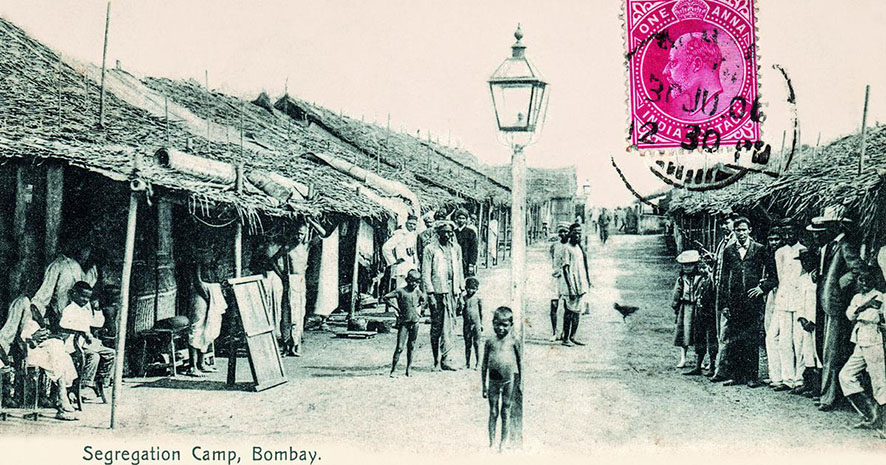
After 1930
It was only after 1930 the dreaded diseases came to be controlled, though they continued to be sporadic. The loss of lives was also brought down considerably because of the several measures initiated by the Maharaja’s Government.
One such major initiative taken was to decongest the area within the Palace Fort. This step was initiated during the time of Maharani Kempa Nanjammanni avaru of Vani Vilas Sannidhana alone, when she was the regent between 1895 and 1902, and subsequently by Maharaja Krishnaraja Wadiyar III. They built Agraharas and Keries and gifted houses to the people. Realising the need to provide good drinking water to the residents in Mysore, the Maharani gifted money for the construction of the Vani Vilasa Water Works at Belagola to pump Cauvery water to Mysore.
The devastating fire that destroyed the earlier Palace offered an opportunity to further decongest the area within the Fort-walls. After the marriage of Princess Jayalakshammanni with Sardar Kantharaj Urs, the wooden Palace caught fire on February 28, 1897. The fire burnt down major portions of the Palace. The construction of the present Palace was taken within a few months of the same year and was completed in 1912. However, the country-tiled houses were presenting an old and ugly look. The royal family members had to pass through narrow lanes between the old structures whenever they had to go out of the Palace.
Seeing the congested place around the Palace, Sir Mirza Ismail, who was appointed the Dewan of Mysore by Krishnaraja Wadiyar IV in 1926, represented to the Maharaja that the area around the Palace needed to be improved by removing the old and worn-out houses, which marred the beauty of the new grand structure. In its place, he suggested open spaces with gardens and good and convenient passages. The Maharaja accepted the proposal of the Dewan and new Mohallas began to come up outside the Palace Fort and those living within the Fort were shifted outside. The area around the Palace was beautified with open spaces and gardens.
Meanwhile, efforts to provide people with more amenities like hospitals, dispensaries, piped water supply, better drainage systems, educational institutions and infrastructures like broad-roads, gardens and public places improved the hygienic condition in the city. Cases of epidemics began to fall in numbers. Even then in the 1950s and 1960s, chicken-pox and rare cases of small-pox were affecting the residents. At such times, the health authorities visited schools and houses to vaccinate students and residents to prevent it from taking a serious turn. When diarrhoea and cholera continued to affect some residents in the city even in as late as in the 80s, they were shifted to the Epidemic Diseases Hospital (ED Hospital) outside the city and were isolated. These and many other measures made Mysuru free from epidemics.
One can imagine the plight of the people when such fearful epidemics made their appearance in the past, and also the struggle of the Government to contain the epidemics and save lives with available poor facilities and limited resources. Despite the lack of proper transportation system, diseases spread from one place to another due to various reasons, chiefly because of people coming into contact with infected people and poor hygienic conditions then prevailed. Under the changed global scenario, it is only now Mysuru is witnessing stern measures like lockdown and isolation to combat Coronavirus, perhaps after a century.



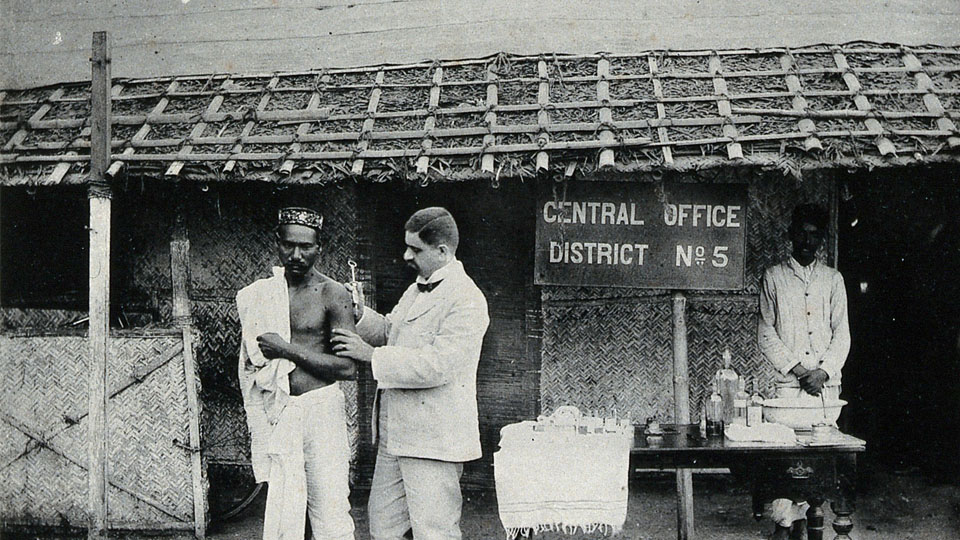
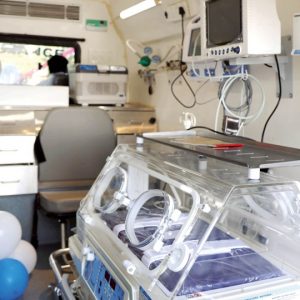
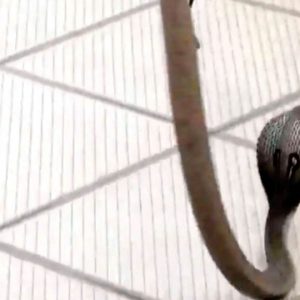
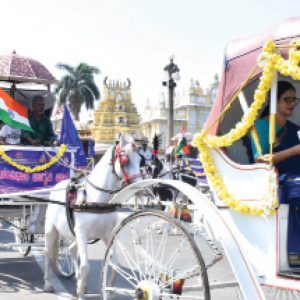

Recent Comments